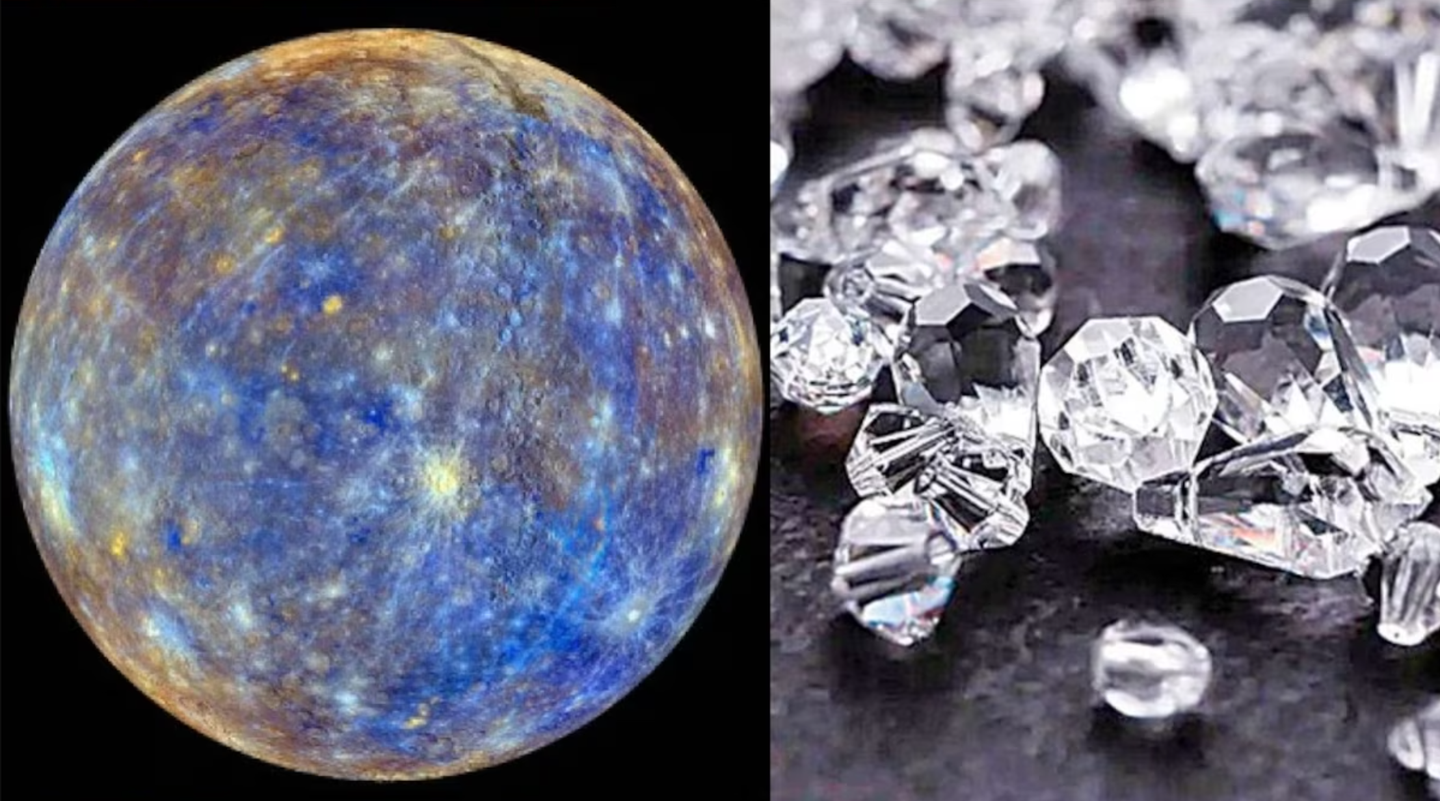Geologists discover the formation of Earth’s sixth ocean
In the deserts of Ethiopia, a remarkable phenomenon has expanded into an extraordinary 35-mile-long crack known as the East Africa Rift

In the vast deserts of Ethiopia, a remarkable phenomenon has been expanding into an extraordinary 35-mile-long crack known as the East African Rift. (CREDIT: REUTERS)
In the vast and tranquil deserts of Ethiopia, a remarkable phenomenon has been quietly unfolding since 2005—an extraordinary 35-mile-long crack known as the East African Rift.
But this geological feature is far from just another intriguing tidbit of information; it holds the key to a profound transformation that will reshape political boundaries, economic landscapes, and the very geography of our planet. It may even pave the way for the emergence of Earth's sixth ocean.
Our story begins with the ceaseless motion of Earth's tectonic plates—massive slabs of the Earth's crust that float upon the semi-fluid mantle beneath. Throughout Earth's long history, the movement of these plates has played a pivotal role in the formation and breakup of supercontinents.
A large crack, stretching several miles, made a sudden appearance recently in south-western Kenya. This is what Africa could look like in millions of years. (CREDIT: Creative Commons / Twitter)
What sets this ongoing geological shift apart is the dramatic movement of the Somalian tectonic plate relative to the larger Nubian tectonic plate. This is a phenomenon of colossal significance, not witnessed since the separation of South America and Africa hundreds of millions of years ago.
The evidence for this momentous shift comes from an extensive and painstaking study focused on the separation dynamics of the Somalian and Nubian tectonic plates.
Published in the prestigious peer-reviewed journal, Earth and Planetary Science Letters, this study reveals that these colossal plates are gradually drifting apart, albeit at a glacial pace of only a few millimeters per year.
Related Stories
But what does this geological phenomenon mean for Africa's future? Its implications are nothing short of astonishing, with far-reaching geological and socio-economic consequences.
Landlocked nations like Ethiopia and Uganda, previously devoid of coastlines, may one day boast bustling ports and trade routes. This shift has the potential to offer these countries newfound opportunities for economic growth and development.
According to renowned marine geophysicist and University of California professor emeritus, Ken Macdonald, "The Gulf of Aden and the Red Sea will flood over the Afar region and into the East African Rift Valley, giving rise to a new ocean. Consequently, this part of East Africa will evolve into its own distinct continent."
However, this transformation goes beyond mere geography. The region's ecology will undergo a profound transformation, as marine life colonizes areas once characterized by arid desolation. Human settlements will have to adapt to the challenges and opportunities presented by newly formed coastlines.
But before anyone rushes to invest in beachfront property in Ethiopia, it's important to remember that nature operates on a scale that stretches far beyond human lifetimes or the histories of our oldest civilizations.
A tanker drives near a chasm suspected to have been caused by a heavy downpour along an underground fault-line near the Rift Valley town of Mai-Mahiu. (CREDIT: REUTERS)
Researchers estimate that while the African continent is indeed in the process of splitting, the complete transformation leading to the emergence of a separate continent and a new ocean will not occur for another 5 to 10 million years.
In the interim, this shift serves as a poignant reminder of the ever-evolving nature of our planet. Despite the seemingly solid and permanent appearance of the Earth's surface, it is in a perpetual state of flux.
The birth of a new ocean and the reshaping of a continent are just chapters in Earth's ongoing geological narrative—a narrative that we, as transient inhabitants, have the privilege to observe, study, and comprehend.
For more environmental news stories check out our Green Impact section at The Brighter Side of News.
Note: Materials provided above by The Brighter Side of News. Content may be edited for style and length.
Like these kind of feel good stories? Get the Brighter Side of News' newsletter.



